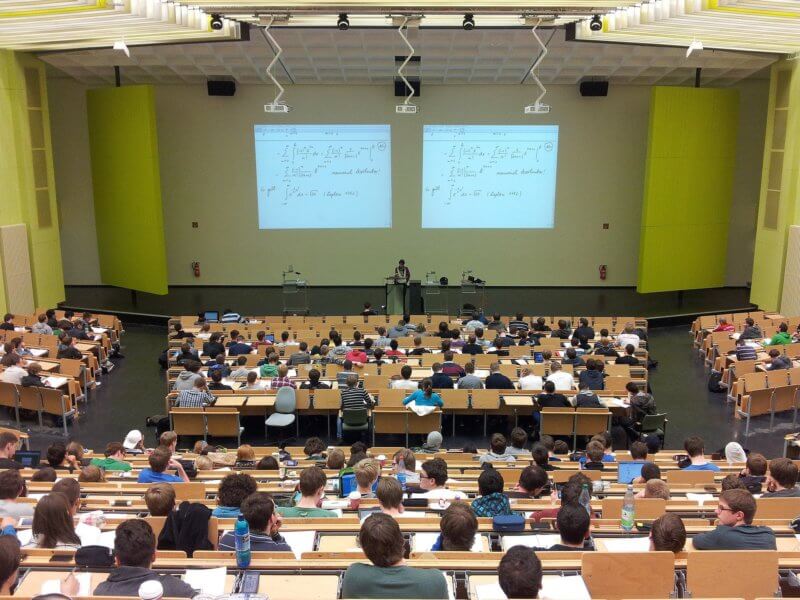Post pandemic trends with college admissions
Three years since pandemic changes were made to the college admissions criteria, the application process continues to evolve. As this article goes to press, the vast majority of colleges have not yet released their early admissions statistics. However, existing published data for the class of 2028 reveal rising demand for limited college slots.
Given this formidable trend, how can an application rise to the top?
There are two strategies that could differentiate the student when overall applications are rising: Early decision can capture a spot sooner, and standardized test scores can highlight academic metrics.
College applications began to soar during the pandemic when most colleges became test optional. Many students thought the admissions criteria might be less stringent. During COVID, many high schools were not open to administer the SAT and ACT. The AP exams became an online format.
During this time, foreign students’ applications generally decreased because of pandemic travel restrictions and limited student visas. Since then, international applications continue to rebound.

To beat the increased applications, early decision (binding application to one school) or early action-restricted (non-binding application to one school) is the chance to apply early and be compared against fewer applicants. Early acceptances fill half or more available slots at many colleges.
Early applicants apply around Nov. 1 and are notified around Dec. 15. Some colleges also have an early decision-2 (binding application to one school) in applying around Jan. 1 with notification around Feb. 15.
Current early applications show an increased demand for this advantage. This November, Yale University reported its second largest ever early application pool of 7,866 applicants. Yale’s typical freshman class is around 1,600 students. Last year, Yale accepted 776 early applicants, which is nearly half of its incoming class.
The other early application option is called Early Action, which is non-binding. Most public universities and some private colleges offer this choice for students who are ready to apply in November. Colleges usually notify students of their decision from December through February.
This December, Tulane University announced receiving a 20 percent increase in early decision and a 30 percent increase in early action applications.
Furthermore, Tulane explained that they are encouraging more available spots for students “particularly from first generation or low-middle income backgrounds.”
The second strategy to differentiate the college applications is to submit standardized test scores. Many students claim they are not good testers; however, practice can build familiarity with the test format and content to boost knowledge and results.
Since the pandemic embraced test-optional policies, two colleges subsequently reverted their testing policy the following year. Both Massachusetts Institute of Technology and Georgetown University reinstated standardized test requirements. They tracked a noticeable gap in the performance of admitted students with exams versus those without.
The March 2023 article, “Dartmouth College is test optional for applicants during the 2023-2024 application cycle,” clarifies Dartmouth’s admissions process:
“Testing is not the ultimate factor in evaluating an application. We look are every applicant and each part of their candidacy, including test scores, in the context of the available opportunities and efforts. Testing, in conjunction with your academic record and recommendations, helps us better understand your academic preparation.”
Dartmouth also acknowledged the role of testing for athletic recruits: “Dartmouth will continue to follow the guidance and policies of the Ivy League regarding testing requirements for applicants who expect to participate in the varsity athletic program.”
The role of testing continued to be emphasized in the October admissions forum with Dartmouth College and Yale University. They confirmed the classroom performance deviation of admitted students with and without scores. The discussion included considering a test-suggested or test-encouraged policy in the future.
In modelling the current early application increases, there likely will be increases in overall applications during the regular decision (non-binding applications) that will be submitted around Jan. 1 with decisions around April 1. With limited available slots, the college’s selectivity ranking increases when they can reject more students for relatively fewer spots.
It is valuable for families to begin college planning earlier to identify the variables that can enhance their student’s college application. Competition is fierce as applications rise and the chance for acceptance falls.
Being prepared to use every available opportunity to your advantage, including early applications and test scores, can help to optimize results. There are no shortcuts or guarantees for admittance to your dream school.
(Margo Bartsch founded College Essay Coach, a full-service college admission business, and has been an adjunct professor in business at Champlain College and at Middlebury College.)

